LiquidSonics – Seventh Heaven Professional (Windows)
System Requirements:
- Windows 10,11 (64Bit Only)
- Lifetime Activation
- Future Free Updates
- Instant Download
- VST, VST3, AAX
£39.99
Guaranteed Safe Checkout

Features & Compatibility
The Best M7 Simulation
Made Possible With Fusion-IR
For years the Bricasti M7 eluded all attempts to capture and reproduce the subtle beauty of this legendary hardware. Many in the industry considered it impossible.
Fusion-IR is a unique modulated convolution-based capture and reproduction technology developed specifically around the needs of M7. It redefines the rules of acoustic and workflow possibilities for convolution-based reverberation processors.
Nothing comes closer to M7 hardware than Seventh Heaven Professional
Now used around the world, from the smallest mountain-top backpack studios to the biggest post-production facilities in London and Los Angeles, Seventh Heaven Professional is the definitive way to experience the power and beauty of M7 reverbs natively within your DAW in up to 9.1.6 Atmos.
Each And Every Preset
The M7 excels in presenting the world’s most realistic simulation of rooms, spaces, and plates in the most flattering of lights.
From tight, realistic interiors, chambers, and studios to lush outdoor expanses, cathedrals, and halls, the M7 can do it all.
Seventh Heaven Professional includes every preset from the Bricasti M7
This includes all v1 and v2 firmware revision presets, including the special nonlinear reverbs and even additional interior presets not available in hardware.
It took many months of fully automated capture to produce the thousands of Fusion-IRs needed for Seventh Heaven Professional. Only then could the true finesse of the modulated hardware be achieved via convolution. The early reflections, low-frequency reverb, and late reverb were captured individually for the ultimate in control and acoustic realism.
The Sound And Flexibility of Algorithmic Reverbs
Treat Seventh Heaven Professional like any algorithmic reverb and forget what you’ve heard about the lifeless sound of convolution. It doesn’t apply here.
In a sampled reverb it is typically impossible to sculpt a space as required, and as is expected from users of hardware and software algorithmic reverbs. Even simple, critical tasks such as balancing the early and late reverb are impossible jobs with most convolution reverbs. Not to mention, usually, any modulation is completely lost and the captures lose the organic life of the hardware.
Not so in Seventh Heaven Professional. It has the flexibility of algorithmic reverbs allowing you to perfect the acoustics of a space just as can be done on an M7 and retains the organic, lively vibe thought to be impossible to capture.
You can even use the stereo captures in surround workflows. LiquidSonics’ advanced impulse response decorrelation technology ensures excellent fold-down compatibility and the convenience of up to 9.1.6 workflows in your DAW.
Vast Editing Potential
The Ultimate Reverb Tails
The M7’s lush, rich decays are the star of the show. The original v1 decays are the most realistic ever heard, and the v2 exhibits stunning modulation qualities.
Every preset’s decay can be set across the M7’s full decay time range (from 200 milliseconds right up to 30 seconds).
Delays With Added Tempo Synchronisation
The M7’s pre-delay and multi-voice delay can be modified as freely as within the hardware itself.
Seventh Heaven Professional takes a further step by providing the ability to sync pre-delay and delay to DAW tempo.
Reflection Pattern Selection
Each and every modulated early reflection pattern has been captured and can be freely swapped at will. Any space can be absolutely transformed, an unprecedented feat for a sampled reverb.
Advanced Equalisation
Precise Roll-off Filtering
The M7’s unique roll-off curves are perfectly designed for its reverberation and reflections. Each curve (different for v1/v2 decay and early reflections) was studied and reproduced in every available position. This provides an extremely accurate reproduction of this critical component in the acoustic chain.
5-band Post-EQ
The M7’s early and late reverb filters have been augmented with a full 5-band parametric equalizer in Seventh Heaven Professional.
Frequency-Dependent Reverb Decay Times
Seventh Heaven Professional also includes the ability to apply post-process low and high-frequency decay time modification to the reverb.
Ducking
Ducking is a very powerful tool that helps you improve the clarity of a reverb by tucking the wet away until a musical phrase has ended, the reverb simply floods in to fill the space rather than competing with the instrument itself.


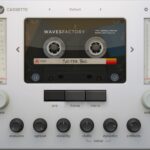

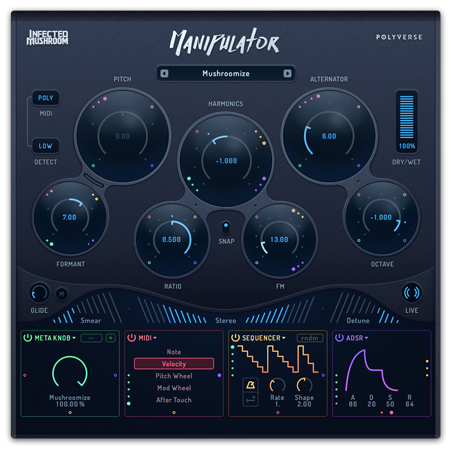
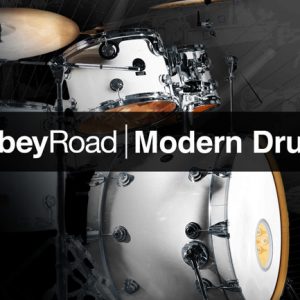


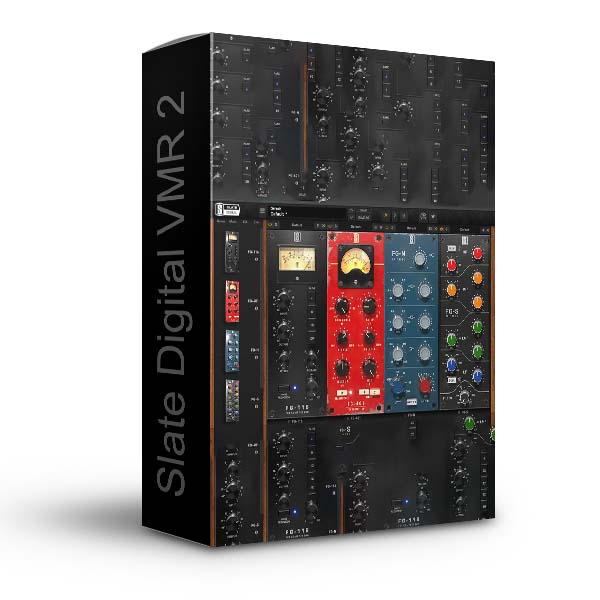
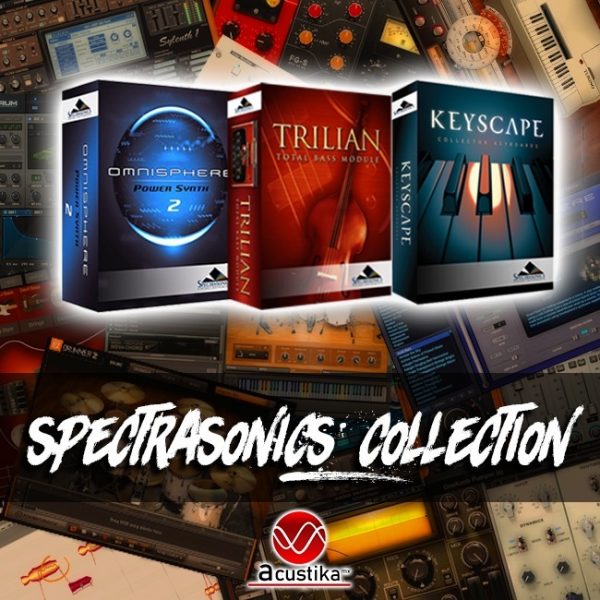
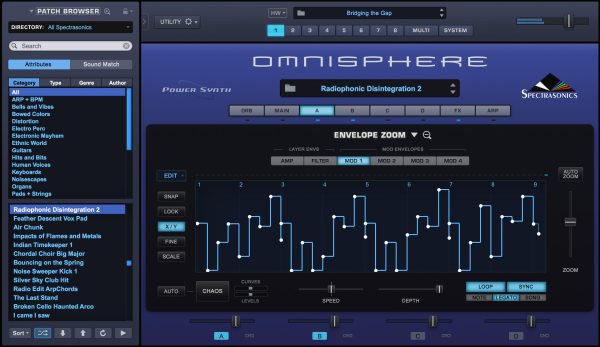
Reviews
There are no reviews yet.